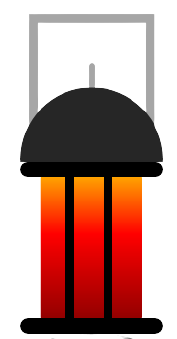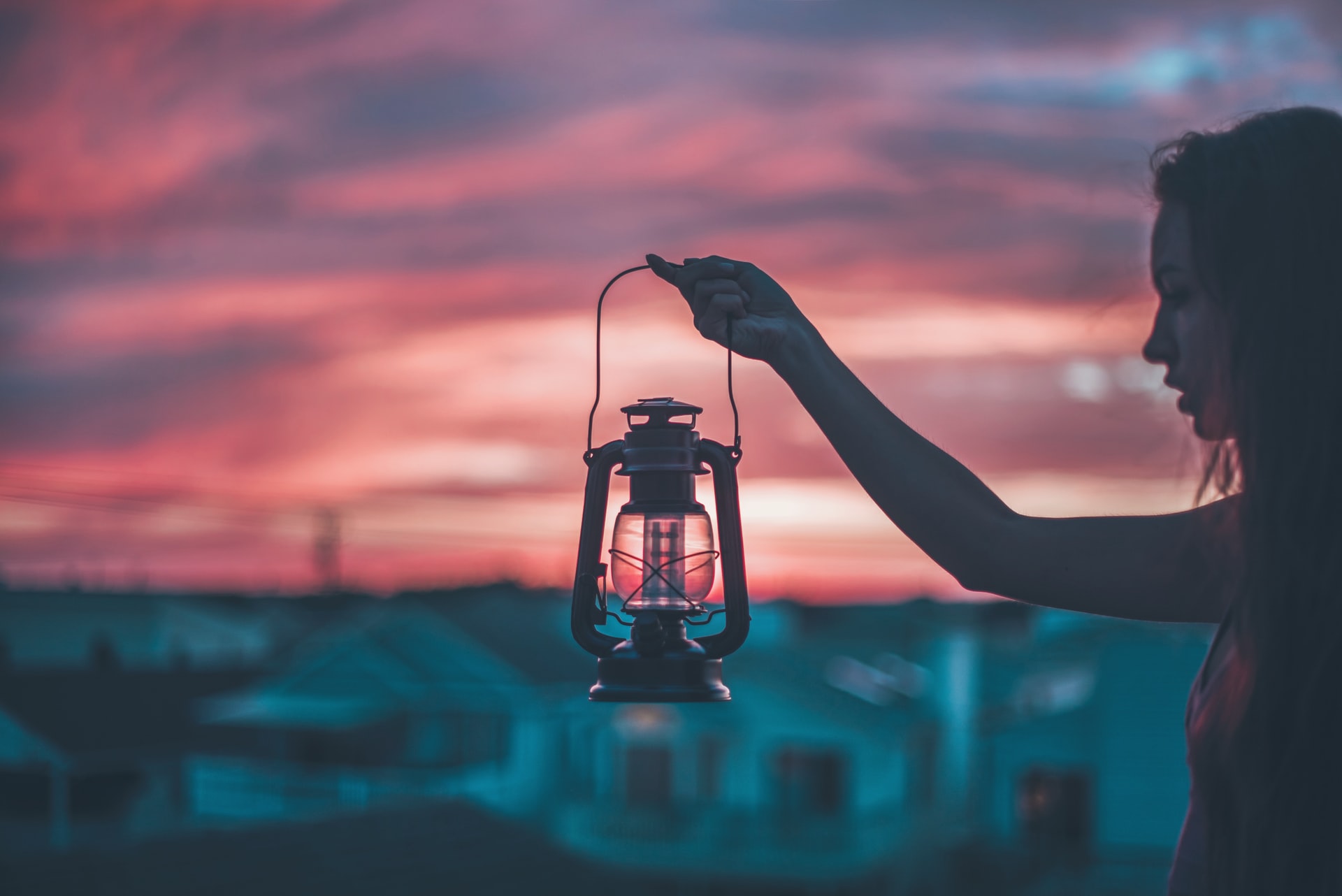BestHurricaneLantern is reader-supported. We may earn a commission through products purchased using links on this page. Learn more about our affiliate disclosure
People have been using lanterns for centuries. They are a simple and convenient way to provide light when electricity is not available.
But how lantern works? Lanterns use a small light bulb or candle to produce light. The heat from the bulb or candle melts a small amount of wax in the globe around the light.
This liquid wax is then drawn up into the wick by capillary action. The heat from the burning wax then radiates outwards, providing light.
Lanterns are a great way to have light when you need it without having to rely on electricity.
There are few more things to consider. I suggest you to read this article till last to know more about it!
Table of Contents
How did old lanterns work?
Old fashioned lanterns used a flame to light the way. The flame was enclosed in a glass or metal globe, which protected the flame from wind and rain.
Inside the globe was a wick, which soaked up fuel from a reservoir.
When the lantern was lit, the heat from the flame vaporized the fuel in the wick, and this created a bright light.
How lantern works?
Lantern is a portable lighting device that is typically used for camping or emergencies. It runs on batteries, and has a bulb that emits light when turned on.
Lanterns are useful because they provide light in dark places, and can be hung up or placed on the ground to provide light over a large area.
Lanterns typically have two or three settings: low, high, and sometimes blinking.
The low setting conserves battery power and is good for general illumination, while the high setting is brighter and ideal for reading or working in dim conditions. Blinking lanterns are often used as emergency signals.
To use a lantern, simply insert batteries into the compartment (typically located on the bottom of the lantern), and then turn the lantern on by flipping the switch to the “on” position.
You can adjust the brightness level by turning the knob to the desired setting. To turn off the lantern, simply flip the switch to the “off” position.
When camping, it is important to hang lanterns up high, away from flammable materials such as tents or sleeping bags.
This will help prevent fires if the lantern is accidentally knocked over. It is also a good idea to keep a spare set of batteries on hand in case the ones in use run out of power.
How does an oil lantern work?
Oil lanterns have been used for centuries as a source of light. But how do they actually work?
The most basic oil lantern consists of a wick in a container of oil. The oil is slowly drawn up the wick by capillary action.
The heat from the burning wick vaporizes the oil, producing fuel for the flame.
As the flame burns, it produces heat and light. The heat from the flame vaporizes more oil, which is drawn up the wick and burned. This process continues as long as there is oil in the lantern.
There are many different designs of oil lanterns, but they all work on this basic principle. Some designs are more efficient than others, but they all produce light in the same way.
How do kerosene lanterns work?
Kerosene lanterns work by using a small wick to draw fuel up from the reservoir and into the flame.
The heat from the burning kerosene vaporizes the liquid fuel, providing light. The size of the wick determines how much fuel is drawn up and how bright the light will be.
How do you use a gas lantern?
To use a gas lantern, you will need to have a can of fuel and a lighter. Fill the lantern with fuel, then light the wick with the lighter. The heat from the flame will cause the gas to expand and fill the lantern with light.
Are oil lamps safe?
Yes, oil lamps are safe to use as long as you follow some simple safety precautions.
When using an oil lamp, always make sure that the wick is trimmed to the proper length and that the lamp is placed on a stable surface.
Keep the lamp away from flammable materials, and never leave it unattended while it is lit.
Extinguish the flame before you leave the area, and allow the lamp to cool completely before refilling it with oil.
Read: How to change light bulb in outdoor hanging lantern?
Conclusion
Lanterns have come a long way since their inception. They’ve been adapted to work with different types of fuel, they’re safer and more efficient than ever before, and they provide light in even the darkest corners of our lives.
Whether you choose an oil lamp, kerosene lantern or gas lantern, be sure to take care of your lantern and use it safely so that you can enjoy its benefits for years to come.

Hey! I’m James Miller, author of BestHurricaneLantern website. I’m an outdoor camping enthusiast and lantern is foremost thing every camper must know. I’ve started this blog few years ago to help you find out your Best Hurricane Lantern.

